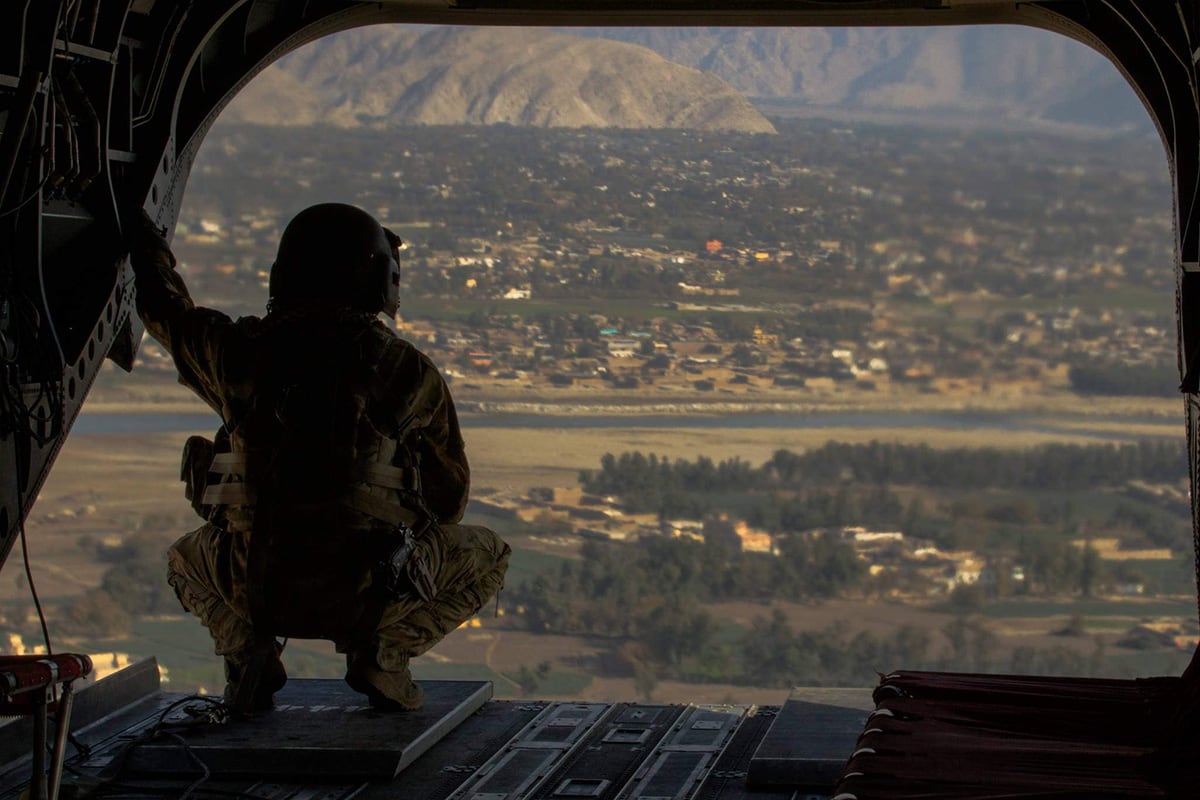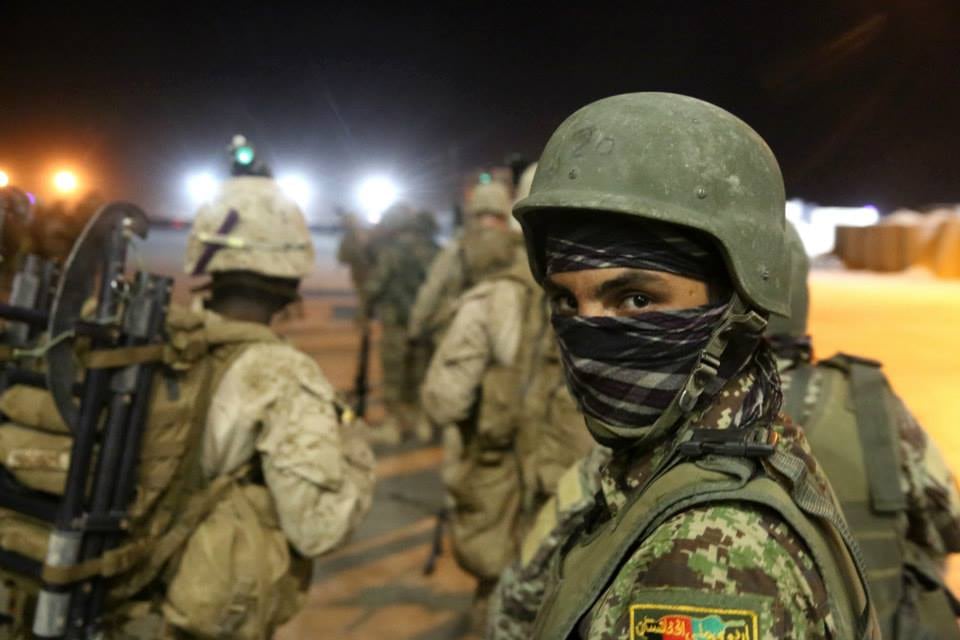It’s been two years since Army Gen. John Nicholson assumed command of U.S. and NATO forces in Afghanistan.
He led the mission as President Donald Trump authorized changes to allow for more offensive operations against the Taliban and announced a new South Asia strategy that aims to ultimately bring reconciliation and a negotiated peace to Kabul.
Nicholson’s tenure comes to an end amid highly visible gains, such as the Afghan Air Force launching and sustaining their own air operations. However, it also comes amid reports from the Special Inspector General for Afghanistan Reconstruction that Taliban forces have increased the percent of Afghanistan they control, and that the numbers of trained Afghan security forces have declined.
The Pentagon announced Tuesday that Army Lt. Gen. Scott Miller would serve as the next top U.S. commander in Afghanistan.
In a teleconference from Kabul with Pentagon reporters Tuesday, Military Times asked Nicholson why, after 17 years, the U.S. should continue to send its sons and daughters to Afghanistan? Why should the U.S. military stay?
“Thanks for the question,” Nicholson said. “It’s really important, and it’s been a long war.”
“There is a threat from this region to our homeland. So our choice is fairly simple: We either keep the pressure on them here, or they bring the fight to our doorstep,” he said.

Nicholson stressed that since U.S. forces first arrived in October 2001, “our country has not been attacked from Afghanistan.” There are still more than 20 designated terrorist organizations that operate in Afghanistan, including the Islamic State-Khorasan, which took root in Afghanistan around 2015.
Because Afghanistan has not yet been able to stabilize, it’s meant those terror organizations have had ample population to recruit from, Nicholson said.
RELATED

“It’s too soon to take the pressure off,” he said, noting that ISIS-K remains a threat.
There are about 15,000 U.S. troops now in Afghanistan, down from a peak of about 100,000 troops a year. Fiscal year 2018 operations are expected to cost about $45 billion, according to Pentagon officials’ testimony to Congress earlier this year. As of May 25, 2,264 U.S. service members have been killed there, according to Department of Defense casualty statistics.
Nicholson said Afghan forces have made important gains in repelling attacks and conducting offensive operations. However, he did not expect a time where there would be no conflict there.
“This is Afghanistan, there will always be violence. But if we achieve an increased degree of stability and a lowering of the violence to a level that the Afghans can manage, then it’s going to be much easier to keep pressure on these terrorist groups.”
RELATED

“Preventing these terrorists from launching attacks out of this area — again, largest concentration of terrorist groups anywhere in the world ― is the principal reason why we’re here,” Nicholson said.
Does that mean that U.S. forces are there to stay, if the principal mission is now to prevent those groups from further constituting?
“Once we achieve the ends of the South Asia strategy, a reconciliation that lowers the violence to a level that they can manage, then our presence ... that will be the time to re-assess our presence,” Nicholson said.
Tara Copp is a Pentagon correspondent for the Associated Press. She was previously Pentagon bureau chief for Sightline Media Group.




